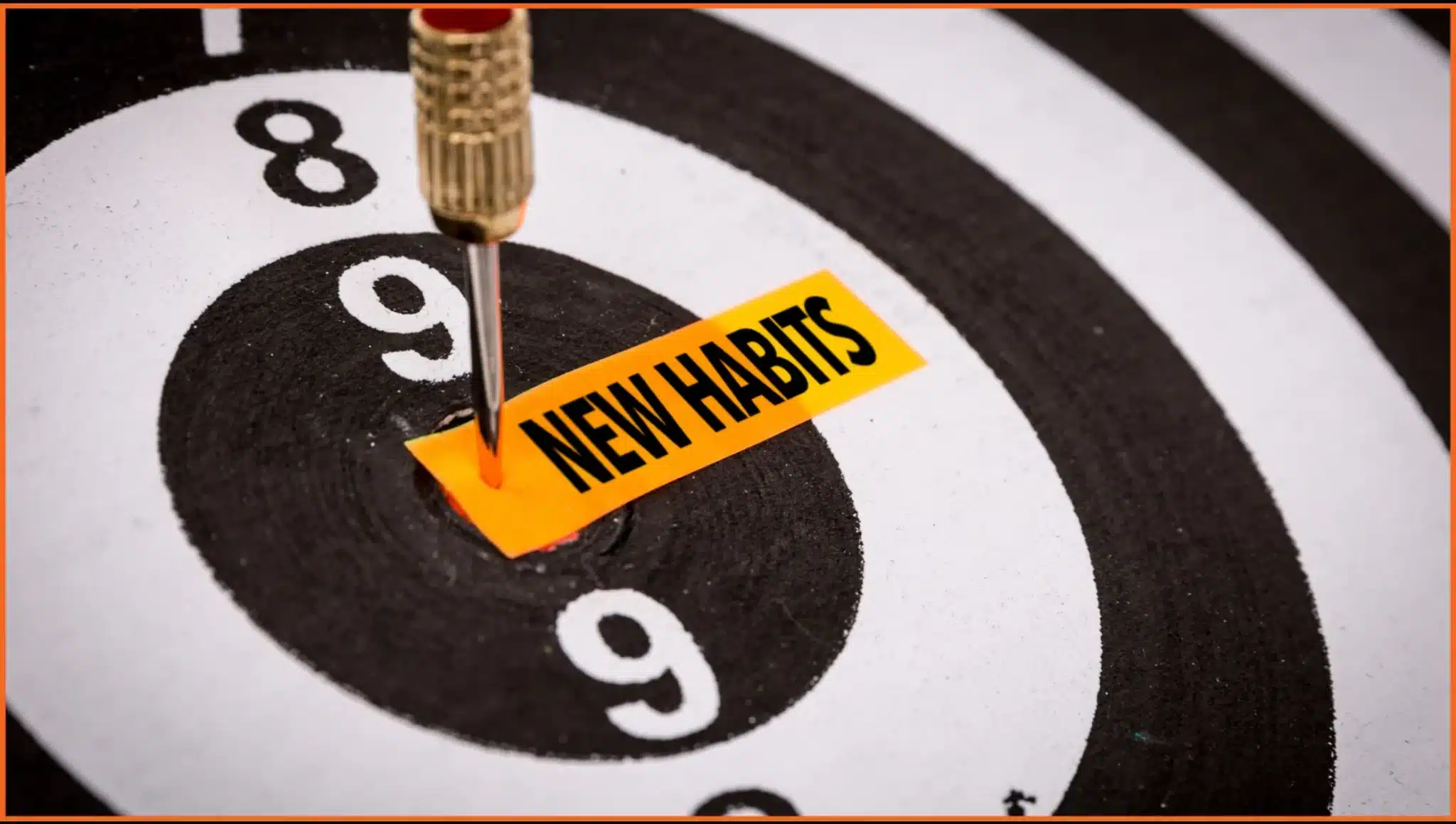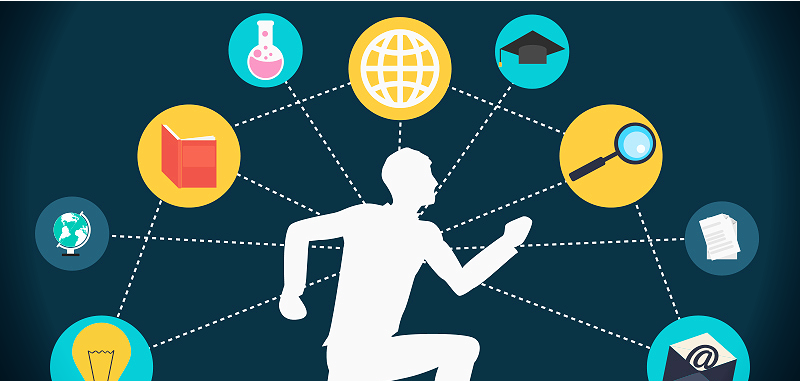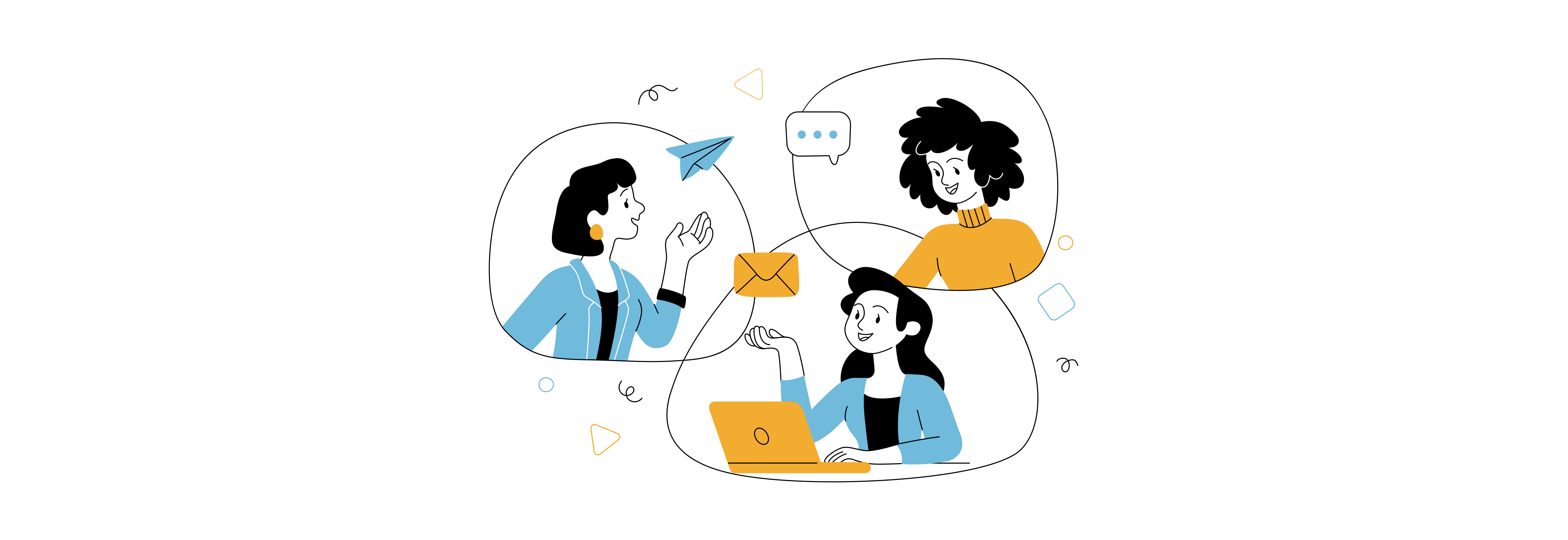Creativity and innovation aren’t just for artists and inventors. In today’s ever-evolving workplaces, they are essential ingredients for solving problems, staying agile, and thriving. As someone who’s facilitated learning programs across industries, I’ve seen that the most successful teams aren’t necessarily the most skilled, they’re the most creative. They’re the ones who embrace ambiguity, iterate quickly, and aren’t afraid to challenge norms.
But creativity doesn’t always arrive in a flash of genius. Often, it’s nurtured by intention, curiosity, and the right environment. The truth is, it can be taught, practiced, and mastered, like any other competency. Here are 11 tried-and-tested ways to unlock creativity and innovation in yourself and your teams.
-
Accept Your Creative Instincts
Table of Contents
I used to believe creativity was only for painters or musicians. But I came to realize that it’s a mindset, not a profession. Whether you’re designing a workshop, reimagining a client experience, or brainstorming a new process, creativity is at play.
Tip: Start by believing you are creative. That mindset opens doors to possibilities. Encourage your team to do the same – remind them creativity isn’t a gift; it’s a habit. Embracing your creative instincts is the first step to unlocking new thinking.
Creativity is not the exclusive property of a select few, but a muscle that strengthens with use.
To reinforce this, create affirmations, celebrate creative risks even when they fail, and highlight team members who bring original ideas.
-
De-Stress, Daydream, and Wander
Some of my best ideas have come during walks or while staring out the window. Neuroscience backs this up; our brains connect ideas more freely when relaxed.
How to do it:
- Step away from your desk
- Take walks without your phone
- Allow moments of boredom
These micro-breaks create the mental space for innovation to emerge. Create rituals that encourage quiet time: reflective journaling, meditative breathing, or even creative visualization exercises.
According to Csikszentmihalyi, moments of “flow” help us access our most creative states.
Organizations can encourage this by building buffer time into calendars for “mental meandering.”
-
Bring in Change – Deliberately
Monotony stifles innovation. New neural pathways form when we shake up routines.
To disrupt stale thinking:
- Change your route to work
- Shift team meeting formats
- Rotate tasks within a project
- Switch up your usual workspace
Even small shifts can nudge your brain into discovering new angles. Change can be the soil in which innovation takes root.
-
Cut Distractions and Declutter Mentally
Creativity needs focus. Ever noticed how you close your eyes when trying to concentrate? It’s because the brain naturally seeks to reduce visual input when forming ideas.
Practice:
- Turn off notifications
- Block quiet time in your calendar
- Reflect in silence before ideation sessions
Your next big idea might be just one deep breath away. Digital clutter and cognitive overload are real. Create a culture where it’s okay to disconnect to reconnect with deeper thinking.
-
Embrace “Not Knowing”
As adults, we often fear appearing ignorant. But curiosity begins with admitting we don’t know. That’s where learning lives.
Try approaching challenges with a beginner’s mind:
- Ask foundational questions
- Re-examine assumptions
- Explore “what if” without judgment
This unlearning process is where many breakthroughs begin. In workshops, we call this “reframing the box”- stepping outside default ways of thinking to see fresh paths.
Pretend you know nothing – you’ll be amazed what surfaces when you’re truly open.
-
Ask Questions Relentlessly
Children ask hundreds of questions a day. Adults? Not so much. But questions drive clarity and fresh thinking. –
Encourage your team to ask:
- Why do we do it this way?
- What else is possible?
- What’s the worst that could happen?
- Who would benefit if we solved this differently?
This kind of inquiry challenges the status quo and sparks innovation. Use “question storming” as a warm-up to brainstorming sessions.
-
Think Multi-Directional
Linear thinking is efficient, but not always inventive. Encourage divergent thinking:
- Mind map ideas
- Use metaphor and analogy
- Ask for “10 ways” instead of “the best way.”
- Run “what would Elon do?” or “how would a chef solve this?” exercises
The goal isn’t to find the right answer – it’s to explore the edges.
Our team-building programs often include lateral thinking exercises that spark new connections.
-
Fill Your Emotional Toolkit
Creativity is emotional as much as intellectual. The richer your emotional vocabulary, the deeper your ideas can go.
Try this:
- Keep a “feelings journal”
- Reflect on how environments, people, and situations affect your mood
- Channel those insights into your creative work
Your personal experience is your richest material. It adds authenticity to innovation. Diverse perspectives, when combined with emotional self-awareness, drive inclusive innovation.
-
Set the Stage to Create
Otto Loewi, a Nobel-winning scientist, discovered a breakthrough idea after dreaming about it. But he’d also been thinking about that idea for 15 years.
Lesson: Eureka moments come from preparation. Creativity thrives on routine, rehearsal, and readiness.
Create intentional, creative spaces:
- Designate ideation hours
- Keep a whiteboard or idea wall nearby
- Allow playful brainstorming
Encourage teams to use techniques like SCAMPER (Substitute, Combine, Adapt, Modify, Put to another use, Eliminate, and Reverse) to generate ideas methodically.
-
Redefine Creativity as Reinvention
You don’t need to invent something new. Improvement, simplification, or reapplication are all creative acts.
In the workplace:
- Rethink onboarding experiences
- Streamline reporting tools
- Enhance customer feedback loops
These “small C” innovations create real impact. Recognize that process improvements are as valuable as product breakthroughs.
Explore how our leadership development journeys empower professionals to drive innovation at every level.
-
Let Go of the Outcome
Not every idea will lead to a product. And that’s okay.
Remind your team:
- Creativity is a process, not a destination
- Messiness is part of innovation
- Play is productive
By removing pressure to “finish,” we often produce our best work. Build psychological safety into team culture so people can experiment without fear of judgment.
Allow room for exploration, and you’ll open the door to insight.
Final Takeaway for L&D and Corporate Leaders
Unlocking creativity in your workplace isn’t about adding bean bags or installing an idea board (though that doesn’t hurt!). It’s about building habits that make curiosity and experimentation feel safe and rewarding.
Creativity isn’t about genius – it’s about courage, context, and continuous learning.
If your team is stuck in old ways of thinking, try sharing just one of these practices in your next meeting. Creativity starts when someone makes space for it.
Encourage experimentation. Reward curiosity. And remember that innovation thrives not where everything is known, but where questions are welcomed.










